Multiple research studies have now confirmed that the compound resveratrol supports healthy aging by protecting the body from a host of potential issues. Read on for more information about what resveratrol is, how you can incorporate this powerful naturally-occurring compound into your diet and how it can help you to lead a healthier and longer life.
What is Reservatrol?
 Reservatrol is found naturally in red grapes, red wine, peanuts, pistachios, blueberries, raspberries and dark chocolate. The compound is most highly concentrated in the skin of red grapes. This polyphenol antioxidant is an antimicrobial compound produced by plants to protect against environmental challenges such as harsh climate changes and too much dangerous ultraviolet light. In recent years, researchers have discovered promising ways that resveratrol may slow down the aging process, as it offers the body a multitude of protections.
Reservatrol is found naturally in red grapes, red wine, peanuts, pistachios, blueberries, raspberries and dark chocolate. The compound is most highly concentrated in the skin of red grapes. This polyphenol antioxidant is an antimicrobial compound produced by plants to protect against environmental challenges such as harsh climate changes and too much dangerous ultraviolet light. In recent years, researchers have discovered promising ways that resveratrol may slow down the aging process, as it offers the body a multitude of protections.
Studies Discover Resveratrol Supports Healthy Aging
Research from two major studies support the belief that resveratrol supports healthy aging. A study in 2013 by Harvard Medical School revealed that resveratrol stimulates the production of SIRT1. This serum serves a powerful function by blocking diseases as it accelerates the cell’s natural energy centers.
While most drugs strive to slow or block the production of SIR1, resveratrol actually speeds it up. This enhanced SIR1 production leads to the anti-aging benefits attributed to resveratrol. More recently, a study out of London’s King’s College found that resveratrol in red wine will protect the health of the gut as well.
The Benefits of Resveratrol
It is easy to see how resveratrol could potentially be a vital part of your anti-aging efforts when you examine all of its vast health benefits in detail.
Cognitive Benefits
New research is now showing encouraging results in the use of resveratrol for supporting a healthy mood. The antioxidant and anti-inflammatory properties of resveratrol also show promise in fighting off age-related cognitive issues such as Alzheimer’s disease. By guarding against cognitive decline, resveratrol can be a useful addition to your diet as you age.
Gut Health
The gut protection provided by resveratrol is thought to be a result of the compound working to support a more diverse range of bacteria in the essential gut microbiome. As a result of experiencing improved gut health, the red wine drinkers in the study at London King’s College enjoyed a reduced risk of developing obesity while also lowering their overall levels of cholesterol. A healthy gut can also boost the body’s natural immunity.
Pain Relief
Resveratrol may also help to soothe minor joint pain caused by conditions such as arthritis by helping to prevent cartilage from breaking down. As the resveratrol protects against inflammation in the body, joints are less likely to experience damage.
Diabetes Research
Reservatrol may also help protect against type 2 diabetes by increasing insulin sensitivity. In addition, those with diabetes may see benefits from resveratrol, as it helps the body to metabolize glucose more effectively by activating the AMPK protein while also decreasing inflammation and protecting against oxidative stress. Taken together, these benefits can significantly alter the way the body is able to maintain healthy blood sugar levels.
Overall Health Advantages
In addition to boosting a healthy gut microbiome and providing cognitive benefits, resveratrol also guards against a myriad of afflictions that plague people as they age. By increasing the production of nitric oxide, resveratrol may also be helpful in helping to maintain blood pressure within normal ranges and protecting heart health. While there is not as much research on this particular benefit yet, many researchers are hopeful that resveratrol may have a place in helping to support cellular health by promoting healthy cell growth.
What the Study Results Mean
 With so many benefits spread across many facets of physical and mental health, resveratrol deserves a prominent spot in everyone’s daily diet. Because many Western diets do not naturally include this compound, you may have to be purposeful about consuming it; you can find a high-quality resveratrol supplement online or at your local health food store.
With so many benefits spread across many facets of physical and mental health, resveratrol deserves a prominent spot in everyone’s daily diet. Because many Western diets do not naturally include this compound, you may have to be purposeful about consuming it; you can find a high-quality resveratrol supplement online or at your local health food store.
Be warned that health experts agree that too much resveratrol is not necessarily a good thing. While it is a good idea to be intentional about consuming foods rich in resveratrol in order to encourage healthy aging, remember that too much of a good thing can be a bad thing. As with most things in life, moderation is key. As researchers continue to unlock more about this powerful antioxidant, there will certainly be more guidance on how to use it to potentially slow down the aging process.
Next time you raise that glass of red wine, you can do so with the knowledge that you are providing your body with proven anti-aging benefits. Being intentional about consuming resveratrol will pay significant health benefits both now and further down the road.
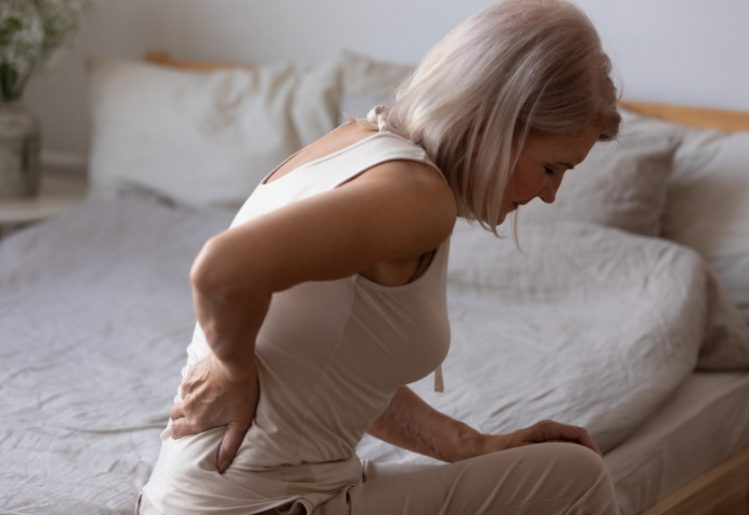 It can be difficult for someone with osteoporosis to recognize that they suffer from the condition, because the only noticeable symptoms involve the breaking of bones. In extreme cases, something as simple as a sneeze can cause a bone fracture in the wrist or elsewhere. Breaks in the wrists and hips may be more easily observed, while fractures that occur to the spinal vertebrae can go unnoticed. An affected spinal vertebrae can result in a change of posture, or in clothes that no longer fit properly, so it’s important to pay attention to these changes. Anyone who experiences the onset of unexplained pain or discomfort should see a doctor as soon as possible, especially if they have a greater risk of developing osteoporosis.
It can be difficult for someone with osteoporosis to recognize that they suffer from the condition, because the only noticeable symptoms involve the breaking of bones. In extreme cases, something as simple as a sneeze can cause a bone fracture in the wrist or elsewhere. Breaks in the wrists and hips may be more easily observed, while fractures that occur to the spinal vertebrae can go unnoticed. An affected spinal vertebrae can result in a change of posture, or in clothes that no longer fit properly, so it’s important to pay attention to these changes. Anyone who experiences the onset of unexplained pain or discomfort should see a doctor as soon as possible, especially if they have a greater risk of developing osteoporosis.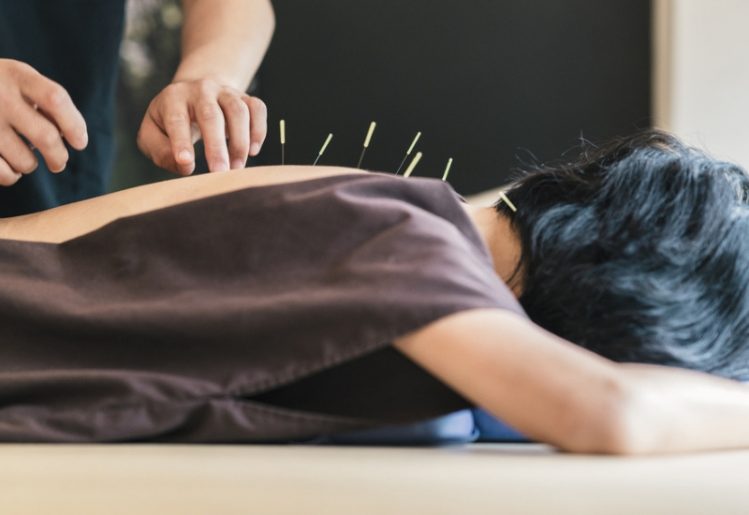 Soy
Soy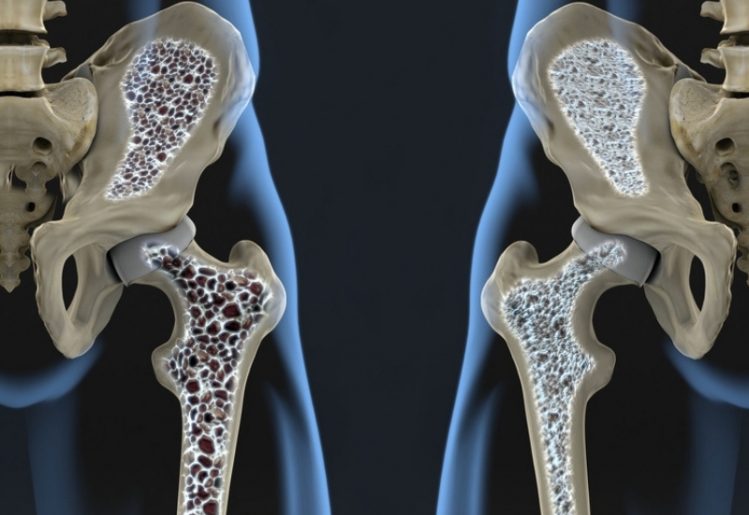 In a healthy person, the body continuously generates new bone and reabsorbs old tissue at a steady rate, so the overall strength of the bones are kept at optimum levels. An individual’s bones are their strongest in their 20s and, as they reach age 30 or 35, their bones begin to weaken. Bone growth slows as we get older and post-menopausal women in particular are at risk of weakened and brittle bones.
In a healthy person, the body continuously generates new bone and reabsorbs old tissue at a steady rate, so the overall strength of the bones are kept at optimum levels. An individual’s bones are their strongest in their 20s and, as they reach age 30 or 35, their bones begin to weaken. Bone growth slows as we get older and post-menopausal women in particular are at risk of weakened and brittle bones.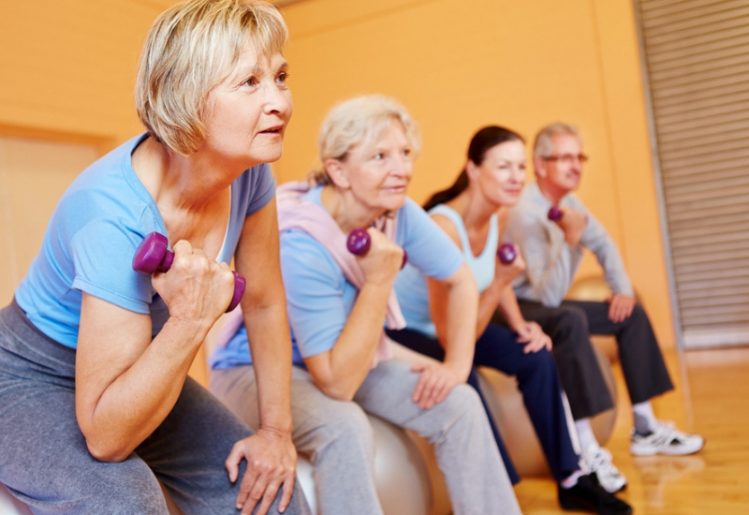 While all types of exercise are beneficial to your health, weight training and resistance exercises will build bone and muscle strength. If you don’t have the ability to join a gym and use free weights or weight machines, you can use your own body to build bone strength. Sit-ups, push-ups and chin-ups are great for building both strength and endurance.
While all types of exercise are beneficial to your health, weight training and resistance exercises will build bone and muscle strength. If you don’t have the ability to join a gym and use free weights or weight machines, you can use your own body to build bone strength. Sit-ups, push-ups and chin-ups are great for building both strength and endurance. It is almost impossible to read the latest health news without learning about the benefits of omega-3 fatty acids. These oils, which are found naturally in fish, flaxseed and a variety of other sources, have been found in studies to have
It is almost impossible to read the latest health news without learning about the benefits of omega-3 fatty acids. These oils, which are found naturally in fish, flaxseed and a variety of other sources, have been found in studies to have 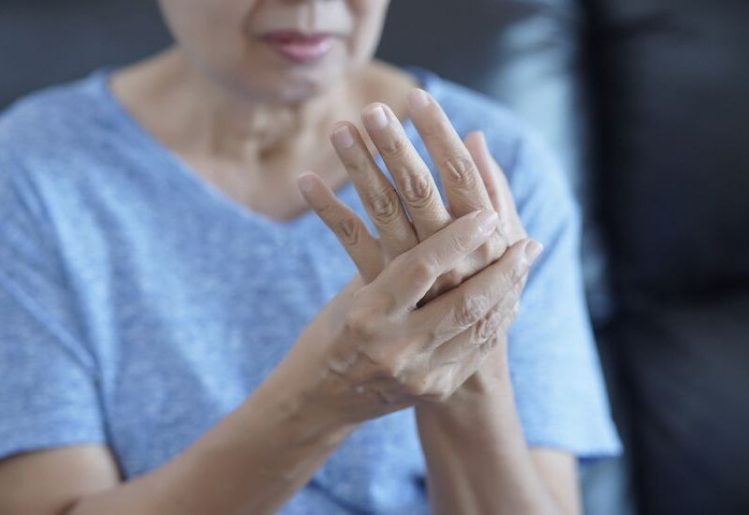 An omega-3 fatty acid supplement is not right for everyone; there are certain people who should talk to their doctor about whether this oily pill should have a permanent place in their medicine cabinet. If you do not regularly eat fatty fish or high omega-3 plant oils, you may want to consider taking a supplement. This essential fatty acid is simply too essential to completely do without.
An omega-3 fatty acid supplement is not right for everyone; there are certain people who should talk to their doctor about whether this oily pill should have a permanent place in their medicine cabinet. If you do not regularly eat fatty fish or high omega-3 plant oils, you may want to consider taking a supplement. This essential fatty acid is simply too essential to completely do without.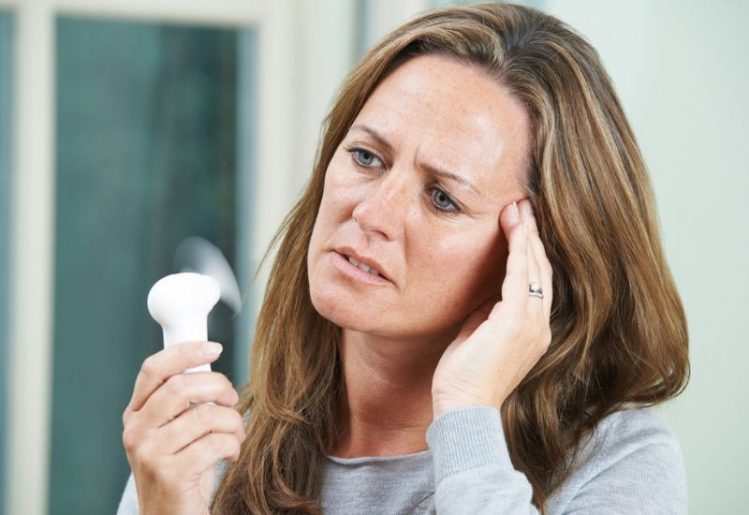 Menopause is officially diagnosed when a woman has gone
Menopause is officially diagnosed when a woman has gone  Several studies have found that red clover is another essential nutrient in controlling the
Several studies have found that red clover is another essential nutrient in controlling the 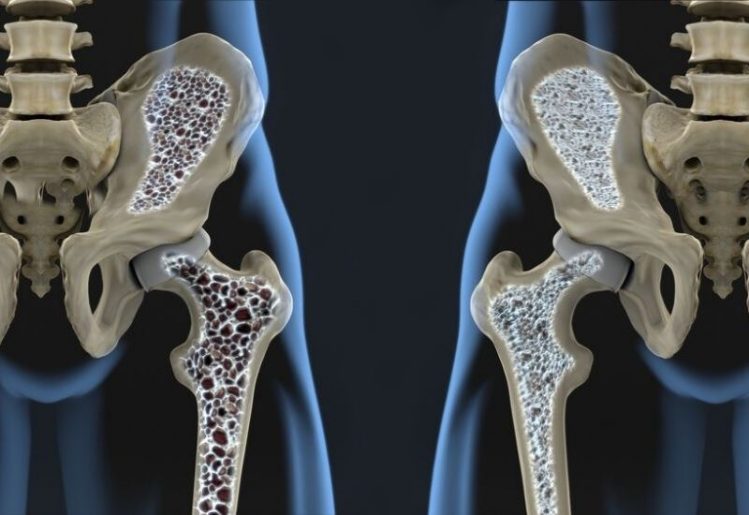 Osteoporosis is a common condition that primarily affects older adults and seniors. According to surveys conducted by the International Osteoporosis Foundation (IOF), there are more than 44 million people suffering from osteoporosis in the United States. Even though this is a common medical condition, it’s hard to identify because there usually aren’t any obvious symptoms.
Osteoporosis is a common condition that primarily affects older adults and seniors. According to surveys conducted by the International Osteoporosis Foundation (IOF), there are more than 44 million people suffering from osteoporosis in the United States. Even though this is a common medical condition, it’s hard to identify because there usually aren’t any obvious symptoms. At a minimum, everyone should be getting at least 1,000 mg of calcium each day. As women reach age 50, that amount should be increased to 1,200 mg daily. Men should increase to 1,200 mg of calcium daily by age 70.
At a minimum, everyone should be getting at least 1,000 mg of calcium each day. As women reach age 50, that amount should be increased to 1,200 mg daily. Men should increase to 1,200 mg of calcium daily by age 70.